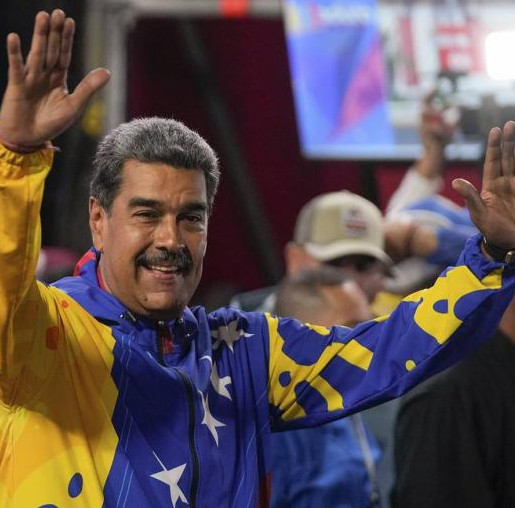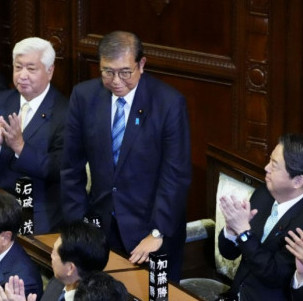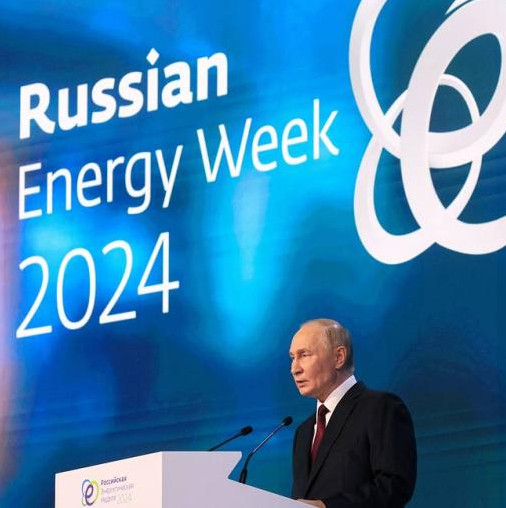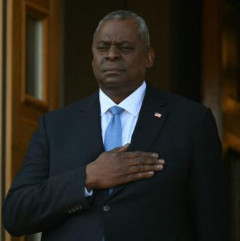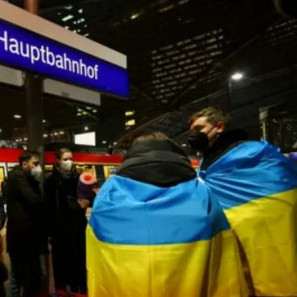
As The New York Times (NYT) reported yesterday, the US Defense Department announced intention to create a new command to oversee the way the United States and its allies train and equip the Armed Forces of Ukraine. The command will be based in Germany within the structure of the Pentagon’s European Command. According to the Deputy Press Secretary of the US military department Sabrina Singh, the command will ensure the US is postured to keep supporting Ukraine over the long term. "We remain committed to Ukraine for as long as it takes," she added.
The NYT piece also notes that the command is being created in order to counter the Russian "threat", which will persist "for years", and it has been called Security Assistance Group–Ukraine (SAG–U). It should streamline a training and assistance system that was created on the fly after Russia began its special military operation back in February. A leading candidate to take over the new position is Lt. Gen. Antonio A. Aguto, Jr., Chief of Staff of the First US Army headquarters in Illinois.
Apparently, the SAG–U structure is evidence that the United States is now focused on long-term efforts to improve accountability for multibillion-dollar arms shipments to Ukraine and ensure that they do not fall into the wrong hands. Last week, the US State Department spoke about Washington’s ways to protect weapons from theft or falling into Russia’s hands, but acknowledged that ensuring relevant responsibility is especially difficult during an active war and without major US presence on the ground.
In particular, Pentagon spokesman General Pat Ryder said there are small groups working in Ukraine that comprise staff of the American embassy in Kiev and military personnel assigned to it, who are the ones to conduct inspections. But this doesn’t seem enough, which is why the Pentagon is creating SAG–U for better control of funds sent to the Kiev regime. There is every reason to regard this step as premeditated and associated with the midterms set for on November 8, because the Republicans who are the Democrats’ key rivals keep urging to stop funding Ukraine and focus on America’s own deplorable economy. The Biden administration may be willing to kill two birds with one stone by proxy of the Pentagon: calm down public sentiment and get a crack at their sorehead Republican rivals.
However, against all the odds, the United States still keeps pumping all sorts of weapons into Ukraine. According to abovementioned Sabrina Singh, as part of the next military aid package to Kiev worth $400 million, the United States will for the first fund to refurbish 45 Soviet-made T-72M4 tanks from the Czech Republic, including new optics and communications equipment, as well as armor reinforcement. The Netherlands will allocate €45 million to modernize 45 more T-72 tanks. Thus, the total number of such vehicles is 90, and they will start arriving in Ukraine by the end of December this year, with supplies to continue throughout 2023. American money will also help supply the Kiev regime with 1100 Phoenix Ghost drones, 250 M1117 armored personnel carriers and an additional 40 riverine boats.
Given the latest $400 million package, the United States’ overall military assistance to Ukraine under President Joe Biden has amounted to $18.9 billion, $18.2 billion of them allocated since February 24, the day Russia kicked off its special military operation. Remarkably, the new tranche embraces extra air defenses like the Hawk surface-to-air anti-aircraft missiles.
The Associated Press (AP) news agency reported a statement by US President's National Security Adviser Jake Sullivan at a press conference he gave in Kiev last Friday, November 4, following his meeting with Ukrainian President Vladimir Zelensky: "We recognize the acute need for air defense in this critical moment when Russia and Russian forces are raining missiles and Iranian drones down on the civilian infrastructure of this country."
Jake Sullivan is one of the high-ranking US officials who recently visited Kiev, with his trip not announced for security reasons. Later, the White House confirmed, however, that Sullivan had indeed flown to Kiev to meet with President Zelensky, head of his office Andrei Yermak, Defense Minister Alexei Reznikov and a number of other Ukrainian officials to reaffirm "unwavering support for Ukraine’s sovereignty and territorial integrity." By the way, it was Sullivan who informed the Ukrainian leadership about a new security package worth $400 million.
Besides, he confirmed Washington’s support as regards Ukraine’s unwillingness to negotiate with Russia. The United States refuses to negotiate with the Russian Federation if it seeks preserving the occupied parts of Ukraine, he said, calling this unacceptable and pointing to the need to de-occupy all of its territories first.
A few hours later, President Zelensky made a similar statement when addressing the nation: no peace with Russia is possible until it withdraws its troops to the 1991 borders. And a little later, chief of staff to the President Andrey Yermak said Kiev regards the “winning formula” as 1991 borders, reparations from Russia and international security guarantees for Ukraine.
At the same time, according to The Washington Post, President Zelensky must “signal an openness to negotiate with Russia”, as privately encouraged by the White House. And this aims not to push Ukraine to the negotiating table, but “ensure it maintains a moral high ground in the eyes of its international backers."
As for the stance taken by Moscow, Russian President Vladimir Putin said the following when delivering a speech before participants in the Valdai discussion club: Washington has to send a signal to Kiev that they should seek a peaceful solution to these problems. "It is very easy for them to solve the problem," the Russian leader said. In his opinion, the final word belongs to “those who implement this policy in Washington.” They should change their stance, Putin believes.
